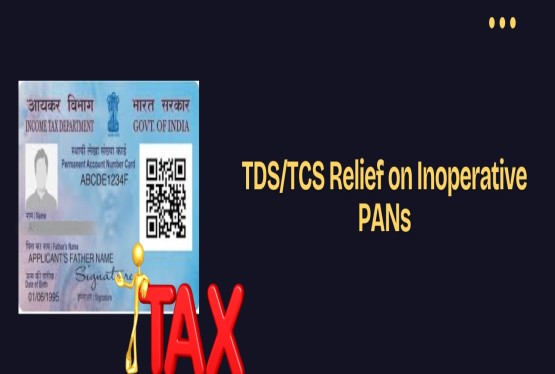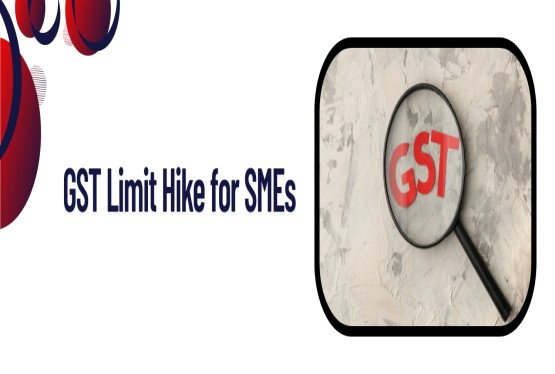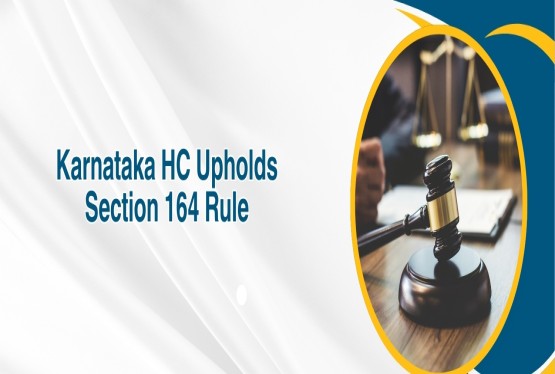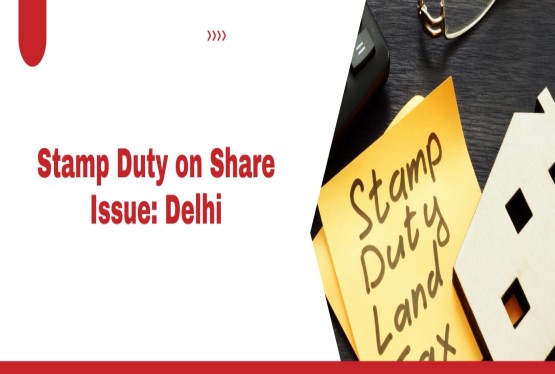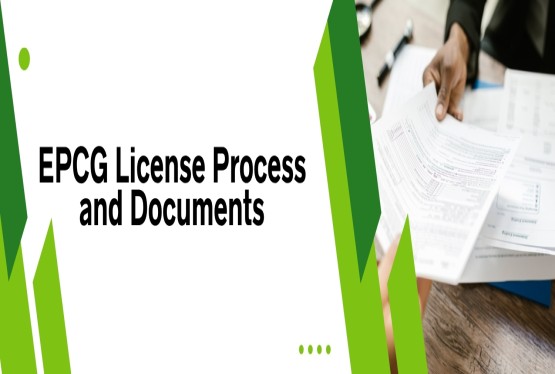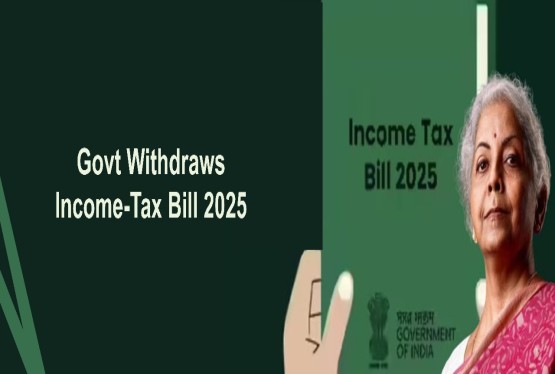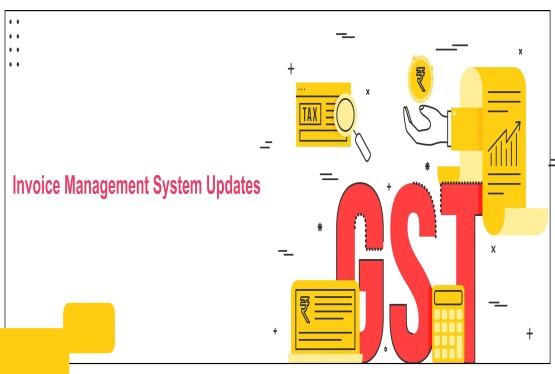Delhi remains one of the most attractive places for real estate investments in India. Whether you are buying your first home, investing in commercial property, or gifting property to a loved one, knowing about the Stamp Duty and Registration Charges in Delhi 2025 is important. These are government-imposed fees that legalize your property transactions and make your ownership valid in the eyes of the law. Many property buyers and sellers are unaware of the exact rates and payment process, which can lead to mistakes or delays. In this guide, we will explain everything in detail — from the latest rates, area-wise differences, exemptions, and the step-by-step process of paying stamp duty and registration charges in Delhi.
What is Stamp Duty in Delhi?
Stamp duty is a type of tax that the Delhi government imposes on transactions related to the transfer of ownership, especially in real estate. It is governed by the Delhi Stamp Act, which clearly states that all property buyers must pay this duty to make their transaction legally valid. Without paying stamp duty, even if you have bought a property, the ownership transfer is incomplete.
This duty helps the government generate significant revenue, which is then used for infrastructure, public development, and other welfare projects. Remember, stamp duty is a legal requirement, and failure to pay it can attract penalties or legal action.
Why are Stamp Duty and Registration Charges Important?
Knowing about the Stamp Duty and Registration Charges in Delhi 2025 is important for two main reasons.
-
First, it secures your legal ownership of the property. When you pay these charges, your transaction is officially recorded with the government. This means no one can challenge your ownership in the future.
-
Second, paying the right amount ensures smooth property transfer and avoids legal troubles. Many people try to save money by underpaying or skipping these charges, but this can lead to disputes, penalties, or even the cancellation of the sale.
Overview of Stamp Duty Rates and Registration Charges in Delhi 2025
Let’s now look at the Stamp Duty and Registration Charges in Delhi as applicable in 2025. The government has set different rates depending on who the buyer is — male, female, or joint owners — and the property location. Below is a detailed explanation.
Stamp Duty and Registration Charges Based on Ownership Type
For the year 2025, the charges are as follows:
-
Male Buyers: 6% stamp duty and 1% registration charge.
-
Female Buyers: 4% stamp duty and 1% registration charge.
-
Joint Ownership (Male + Female): 5% stamp duty and 1% registration charge.
This means if you are a female buyer, you benefit from a lower stamp duty rate compared to male buyers. This reduction is part of the government’s efforts to promote female ownership of property. However, registration charges remain the same for all — at 1%.
Area-Wise Stamp Duty and Registration Charges in Delhi
Depending on where your property is located in Delhi, the stamp duty rates change. Here’s the breakdown for 2025:
-
New Delhi Municipal Corporation (NDMC) Area: Male buyers pay 5.5%, female buyers pay 3.5%, and joint owners pay 4.5%. Registration charge is fixed at 1%.
-
Delhi Cantonment Board Areas: All buyers — male, female, or joint — pay 3% stamp duty and 1% registration charge.
-
Other Areas in Delhi: Male buyers pay 6%, female buyers pay 4%, and joint owners pay 5%. Registration charge remains 1%.
So, if you’re planning to buy a property, make sure you know which municipal or cantonment area it falls under, as this directly affects how much you will pay.
Stamp Duty for Different Types of Deeds in Delhi
Stamp duty in Delhi is not only charged on the sale of property but also on different types of legal deeds. Here’s a detailed explanation of the rates for various deeds:
-
Will: No stamp duty is applicable.
-
Sale Deed: Male buyers pay 6%, and female buyers pay 4%.
-
Gift Deed: Male buyers pay 6%, and female buyers pay 4%.
-
Share Certificate: Rs. 1 for every Rs. 1,000 value.
-
Adoption Deed: Fixed at Rs. 50.
-
Indemnity Bond: Fixed at Rs. 100.
-
Lease Deed: 2% for leases up to 5 years, and 3% for leases between 5-10 years.
-
Partition Deed: Fixed at 2%.
Knowing these rates is important not only for buyers but also for anyone involved in gifting or transferring property, creating a lease, or dividing property among family
How to Calculate Stamp Duty in Delhi with some examples
Calculating Stamp Duty and Registration Charges in Delhi 2025 is not as complicated as it seems. Let’s go through two examples to understand this better.
Example 1: Female Buyer in Other Areas
Suppose Priya buys a flat worth Rs. 80 lakh in an ‘Other Area’ category.
-
The stamp duty rate for female buyers here is 4%. So, Rs. 80,00,000 × 4% = Rs. 3,20,000.
-
Registration charges are 1%. So, Rs. 80,00,000 × 1% = Rs. 80,000.
Total amount Priya needs to pay = Rs. 3,20,000 + Rs. 80,000 = Rs. 4,00,000.
Example 2: Male Buyer in NDMC Area
Rohan purchases a property worth Rs. 1 crore in the NDMC area.
-
The stamp duty rate for male buyers in NDMC is 5.5%. So, Rs. 1,00,00,000 × 5.5% = Rs. 5,50,000.
-
Registration charges are 1%. So, Rs. 1,00,00,000 × 1% = Rs. 1,00,000.
Total amount Rohan needs to pay = Rs. 5,50,000 + Rs. 1,00,000 = Rs. 6,50,000.
These examples show how both the buyer category and the area of the property play a role in determining the total payable amount.
How to Pay Stamp Duty in Delhi?
With the introduction of e-stamping, paying stamp duty in Delhi has become a smooth and transparent process. The Stock Holding Corporation of India Limited (SHCIL) has been appointed by the government to manage e-stamps across the country. Here’s how you can pay:
Online Method
-
Visit the official SHCIL website.
-
Click on ‘Login’, select ‘e-Stamping’, and choose ‘Citizen Login’.
-
Register yourself and log in with your details.
-
Select ‘Pay Stamp Duty/eCourt Fee Generation/eRegistration Fee Payment’.
-
Enter the required transaction details carefully.
-
Make the payment through net banking, credit card, or debit card.
-
Once done, download and print the e-stamp receipt for your records.
Offline Method
If you prefer paying offline, you can go to authorized collection centers (ACC) or stockholding e-stamping counters. Here’s what you need to do:
-
Download and print the ‘Application of Stamp Duty’ form.
-
Fill out all the details carefully.
-
Submit the form along with payment through cash, demand draft, cheque, or account transfer at the authorized counter.
-
Collect your receipt after payment.
Exemptions and Concessions on Stamp Duty in Delhi
There are a few situations where the government offers exemptions or lower rates on Stamp Duty and Registration Charges in Delhi 2025. Let’s understand them:
Women Buyers
The Delhi government encourages women to own property by offering them a lower stamp duty rate compared to men. This step not only promotes women’s empowerment but also helps families save money when registering properties in a woman’s name.
Affordable Housing Projects
For properties categorized under affordable housing, the government applies lower stamp duty rates. This is part of the initiative to make housing accessible for low- and middle-income groups. Buyers should check if their property falls under this category to avail of the benefit.
Government and Public Projects
When properties are purchased for government development or public welfare projects, the government offers concessional stamp duty rates. This reduces the financial burden on public agencies and promotes faster development in critical sectors.
Importance of Stamp Duty and Registration Charges
Knowing about Stamp Duty and Registration Charges in Delhi is not just about paying money; it’s about ensuring you follow all legal requirements while purchasing property. Ignorance or underpayment can result in severe penalties or even invalidation of the transaction.
For buyers, this knowledge helps in planning the total budget, including both the property cost and the statutory costs. For sellers, it helps understand the buyer’s obligations and avoid last-minute issues. It is always recommended to consult a legal or property expert if you are unsure about the applicable rates and process.
Conclusion
Stamp duty and registration charges are key components of any property deal in Delhi. Whether you are a first-time buyer or a seasoned investor, staying updated on the Stamp Duty and Registration Charges in Delhi 2025 ensures that your transaction is smooth, lawful, and hassle-free. Make sure to calculate your stamp duty correctly based on your ownership type and property location. Always pay using the official e-stamping method or through authorized counters to avoid any legal or financial troubles later. Also, take advantage of any exemptions or concessions you may be eligible for — they can save you a substantial amount.
If you need any support, you can connect with Compliance Calendar LLP Experts through mail at info@ccoffice.in or Call/Whatsapp at +91 9988424211.
FAQs
Q1. What is the difference between stamp duty and registration charges in Delhi?
Ans. Stamp duty is a government tax paid on the transaction value of the property or on the circle rate (whichever is higher). It legally validates the transfer of ownership from the seller to the buyer. Registration charges, on the other hand, are the fees you pay to get the property officially recorded in government records. While stamp duty rates in Delhi vary depending on gender, ownership type, and area, registration charges are fixed at 1% for all categories.
Q2. Are women eligible for lower stamp duty rates in Delhi?
Ans. Yes, the Delhi government offers a concession to women buyers. In most areas, women pay a 4% stamp duty compared to 6% for men. This discount encourages women’s property ownership and helps families save money if they register the property in a woman’s name. However, registration charges for both men and women remain the same at 1%.
Q3. How can I pay stamp duty in Delhi — is it an online or offline process?
Ans. You can pay stamp duty in Delhi both online and offline. The online method involves using the SHCIL (Stock Holding Corporation of India Limited) website where you log in, enter details, and make the payment through net banking or cards. For the offline method, you can visit authorized collection centers, fill out the application form, and pay via cash, cheque, or demand draft. After payment, you get a stamped receipt or e-stamp, which is used during registration.
Q4. How is stamp duty calculated on property transactions in Delhi?
Ans. Stamp duty is calculated based on the higher of two values: the declared transaction value (the sale price) or the circle rate (the minimum value set by the government for the area). You then apply the relevant stamp duty percentage — 6% for men, 4% for women, or 5% for joint owners (in most areas) — and add the 1% registration fee. For example, if a woman buys a property worth Rs.80 lakh, the stamp duty is Rs.3.2 lakh, and the registration fee is Rs.80,000, totaling Rs.4 lakh.
Q5. Are there any stamp duty exemptions in Delhi for specific cases or property types?
Ans. Yes, there are a few exemptions and concessions on Stamp Duty and Registration Charges in Delhi 2025. Women buyers enjoy lower stamp duty rates. Affordable housing projects attract reduced rates to support low-income families. Additionally, government or public development projects often qualify for concessional rates to encourage faster infrastructure and public welfare development. Always check with a legal expert or authority to confirm eligibility before making payments.
Q6. What happens if I don’t pay stamp duty or underpay it in Delhi?
Ans. If you fail to pay the correct stamp duty or registration charges, your property transaction is not legally valid. This means you do not get full ownership rights, and the property transfer can be challenged. Additionally, the Delhi government can impose penalties, fines, and interest on unpaid or underpaid stamp duty. It’s always advisable to pay the full applicable amount to avoid legal disputes and financial complications in the future.
Q7. Can I claim a refund on stamp duty in Delhi if the property deal is canceled?
Ans. Yes, under specific conditions, you can apply for a refund on stamp duty if the property transaction does not go through. For example, if the sale agreement is canceled or declared void, you can submit a refund application to the Delhi Stamp Authority within the prescribed timeline (usually six months to one year, depending on the reason). You will need to provide the original stamp papers, cancellation proof, and relevant documents. However, administrative charges may be deducted before processing the refund.








_crop10_thumb.jpg)




































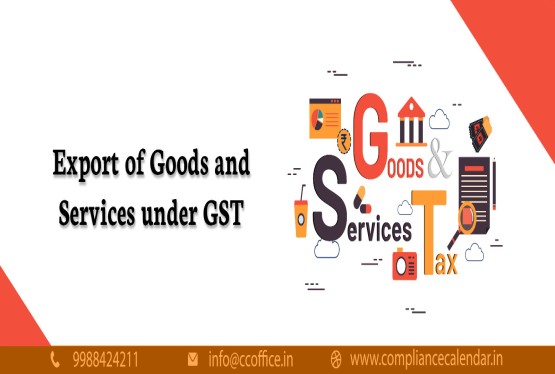













































_for_FY_2025-26_crop10_thumb.jpg)



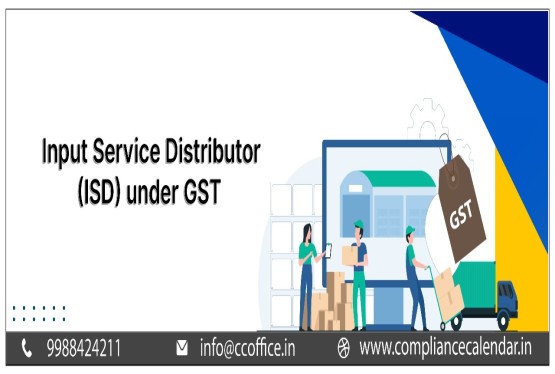








_learn_crop10_thumb.jpg)








_Filing_Due_Dates_for_FY_2024-25_learn_crop10_thumb.jpeg)
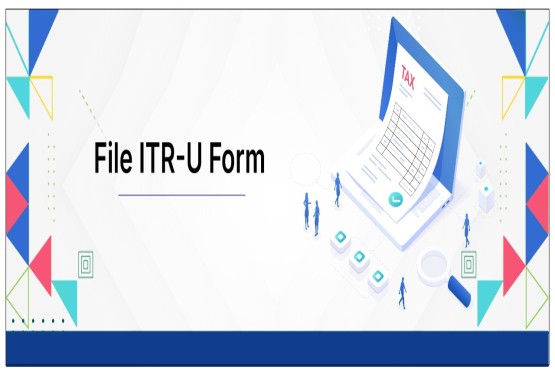

























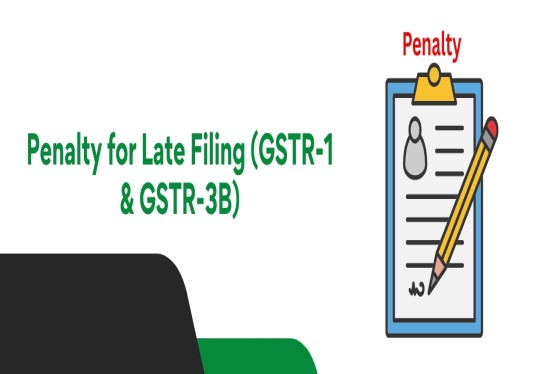












_of_GST_Act_learn_crop10_thumb.jpg)










_Under_GST_learn_crop10_thumb.jpg)









_crop10_thumb.jpg)


_crop10_thumb.jpg)






_learn_crop10_thumb.jpg)






















_of_the_Income_Tax_Act_learn_crop10_thumb.jpg)



_learn_crop10_thumb.jpg)
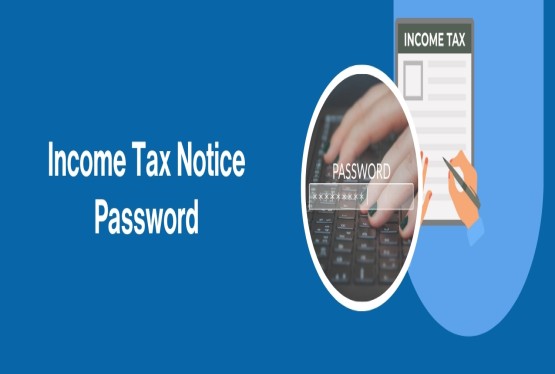





_learn_crop10_thumb.jpg)






_crop10_thumb.jpg)



















_in_The_Income_Tax_Act,_1961_learn_crop10_thumb.jpg)



_learn_crop10_thumb.jpg)



_of_the_Income_Tax_Act_learn_crop10_thumb.jpg)


_Of_Income_Tax_Act_learn_crop10_thumb.jpg)








_learn_crop10_thumb.jpg)








_learn_crop10_thumb.jpg)
_crop10_thumb.jpg)






















_learn_crop10_thumb.jpg)
_for_Import_and_Export_learn_crop10_thumb.jpg)











